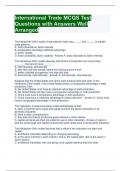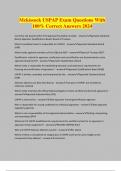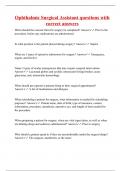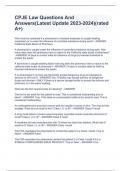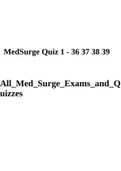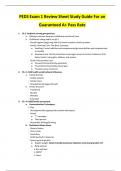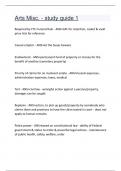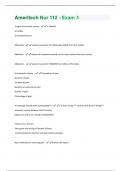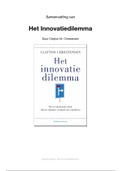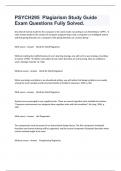Tentamen (uitwerkingen)
International Trade MCQS Test Questions with Answers Well Arranged
- Vak
- Instelling
International Trade MCQS Test Questions with Answers Well Arranged The Heckscher-Ohlin model of international trade uses _____ and ______ to explain trade patterns. A. factor abundance; factor intensity B. comparative advantage; absolute advantage C. tariffs; quotas D. factor availability; fa...
[Meer zien]
